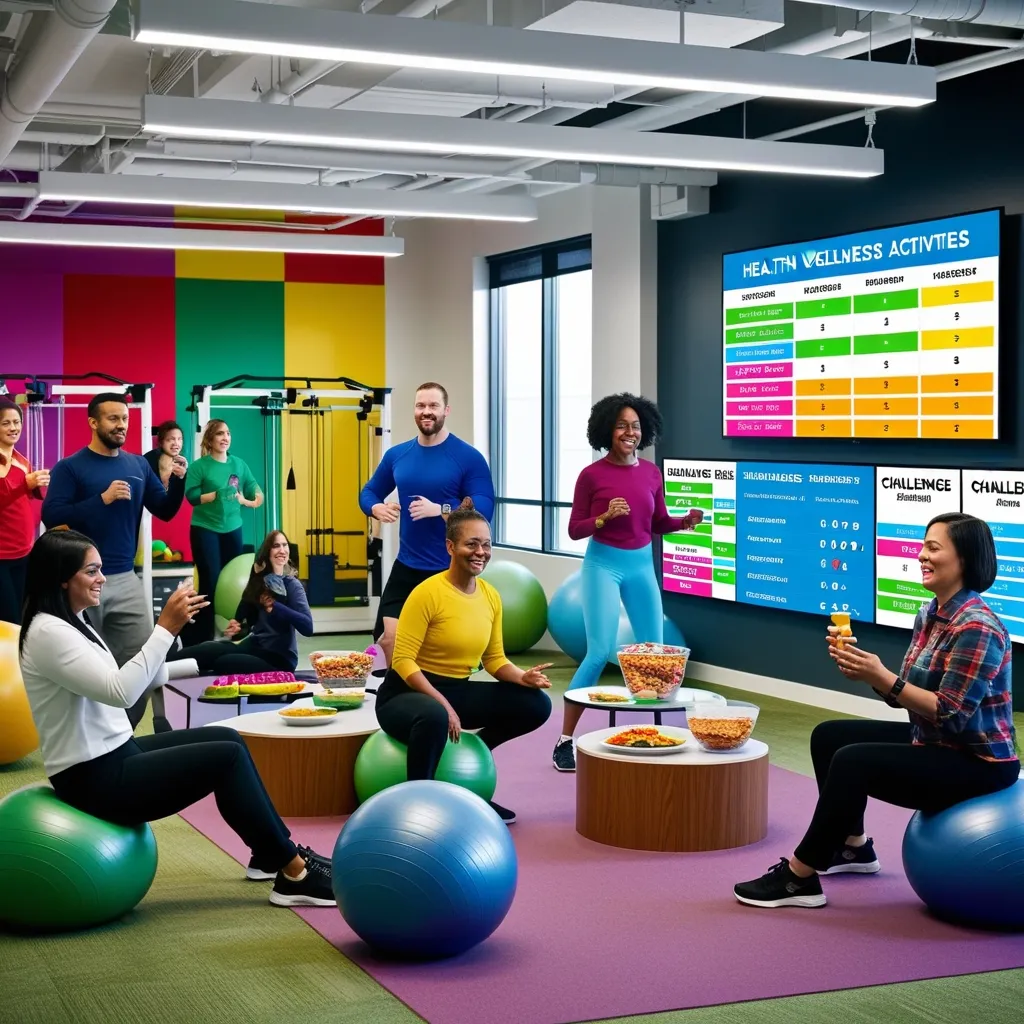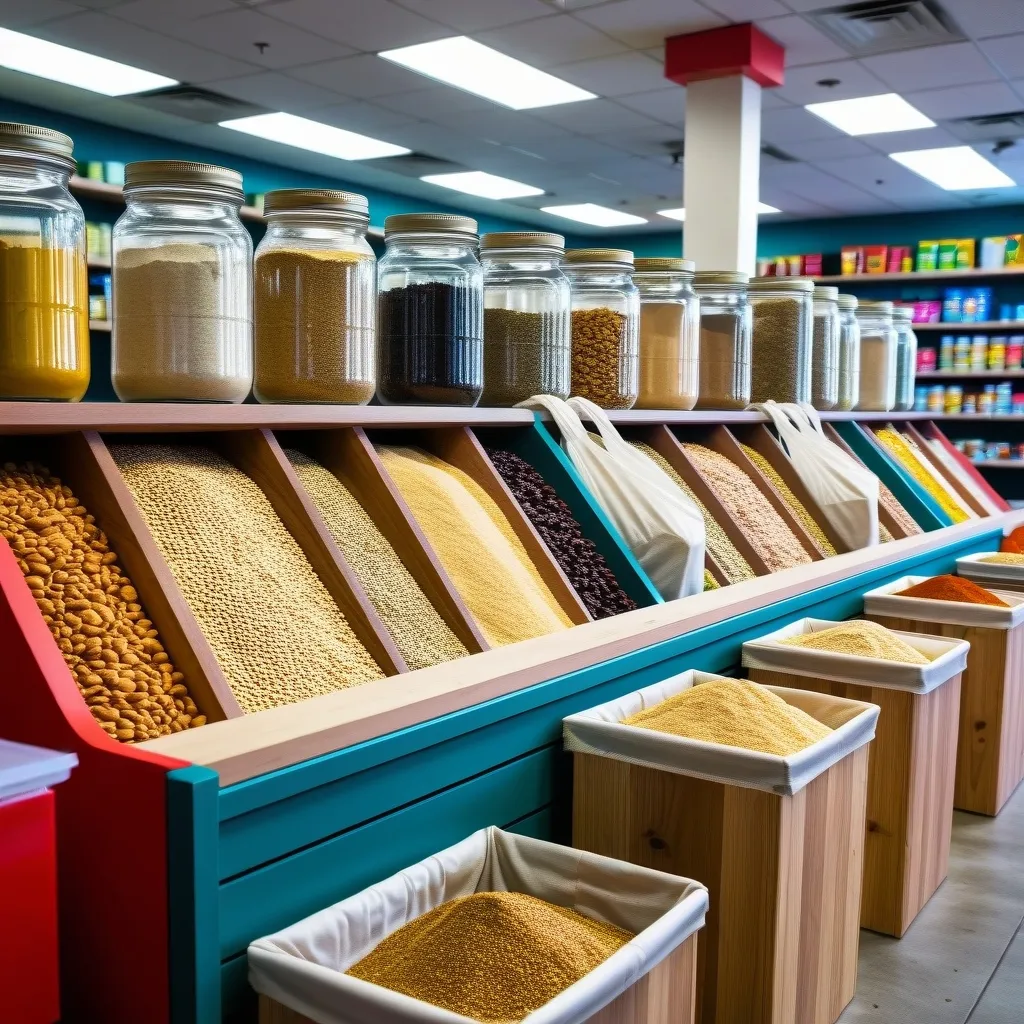Mastering the Art of Simultaneous Task Forecasting: A Game-Changer for Planning
Ever felt like you’re juggling a million tasks at once? Whether it’s managing a home renovation, planning a big event, or tackling a complex work project, keeping all those plates spinning can be a real challenge. But what if there was a way to not just manage those tasks, but to predict and plan for them like a pro? Enter simultaneous task forecasting - a powerful technique that’s changing the game for planners everywhere.
So, what’s the big deal about simultaneous task forecasting? Well, imagine you’re cooking a big meal. Instead of focusing on each dish separately, you consider how they all fit together - when to start the roast, when to prep the sides, how to time everything so it’s all hot and ready at the same time. That’s essentially what simultaneous task forecasting does, but on a much larger scale.
This approach isn’t just about juggling tasks - it’s about seeing the big picture and understanding how everything fits together. It’s like having a bird’s eye view of your project, allowing you to spot potential bottlenecks, identify dependencies, and make smarter decisions about resource allocation.
Let’s break it down a bit. Say you’re planning a home renovation. You’ve got demolition, electrical work, plumbing, painting - the works. Instead of treating each of these as separate tasks, simultaneous task forecasting considers them all together. This means you can spot potential issues before they arise. For instance, you might realize that delaying the electrical work could push back your painting schedule, affecting the whole project timeline.
But it’s not just about avoiding problems - it’s about maximizing efficiency. By considering all tasks together, you might find opportunities to overlap certain activities, potentially shaving days or even weeks off your project timeline.
One of the coolest tools in the simultaneous task forecasting toolkit is something called multi-task learning. It’s a fancy term, but the concept is pretty simple. Imagine you’re trying to predict the weather. Instead of just looking at temperature, multi-task learning would consider temperature, humidity, wind speed, and more - all at the same time. This gives you a much more accurate forecast.
In the world of project management, multi-task learning can help you make more accurate predictions about task durations, resource needs, and potential roadblocks. It’s like having a crystal ball, but one that’s powered by data and smart algorithms instead of magic.
Now, let’s talk about buffer time. No matter how good your forecast is, there’s always going to be some uncertainty. That’s where buffer time comes in. It’s like building in a safety net, giving you some wiggle room if things don’t go exactly as planned. And let’s face it - when do things ever go exactly as planned?
Adding buffer time doesn’t mean you’re being pessimistic or inefficient. It’s actually a sign of smart planning. It shows that you understand the complexities of your project and you’re prepared for the unexpected. Plus, it can be a real lifesaver when it comes to maintaining client satisfaction and team morale.
Communication is another crucial piece of the puzzle. You can have the most brilliant forecast in the world, but if you can’t communicate it effectively to your team and stakeholders, it’s not going to do you much good. That’s why it’s so important to use tools that make it easy to share your plan and track progress.
There are tons of great project management tools out there - Trello, Asana, Microsoft Project, just to name a few. These tools can help you break down your project into tasks, assign them to team members, set due dates, and track progress. They’re like a shared brain for your project, keeping everyone on the same page and moving in the same direction.
But here’s the thing - simultaneous task forecasting isn’t just for big, complex projects. You can apply these principles to your everyday life too. Planning a family vacation? Use simultaneous task forecasting to coordinate flights, accommodations, and activities. Getting ready for a big party? Use it to manage invitations, food prep, and decorations.
The beauty of this approach is that it’s scalable. Whether you’re planning your daily to-do list or managing a multi-million dollar project, the principles remain the same. It’s all about seeing the big picture, understanding how tasks relate to each other, and planning accordingly.
One of the coolest applications of simultaneous task forecasting is in smart homes. Imagine your home being able to predict when you’ll need hot water for a shower, when to start brewing coffee, or when to adjust the thermostat - all based on your daily routines and habits. That’s the power of simultaneous task forecasting in action.
In the business world, this approach can be a real game-changer. Retailers can use it to predict sales trends across multiple product lines, helping them manage inventory more effectively. Financial analysts can use it to forecast market trends by considering multiple economic indicators simultaneously. The possibilities are endless.
But perhaps the most important aspect of simultaneous task forecasting is the learning process. Every project you complete is an opportunity to refine your forecasting skills. By comparing your predictions to actual outcomes, you can identify areas where your forecasts were spot-on and areas where they fell short. This continuous learning process helps you become more accurate over time, making you an even better planner.
Technology plays a huge role in making simultaneous task forecasting possible. Advanced algorithms and machine learning models can crunch vast amounts of data, identifying patterns and relationships that might not be obvious to the human eye. But don’t worry - you don’t need to be a tech whiz to benefit from these tools. Many project management software packages come with built-in forecasting features that are user-friendly and accessible.
At the end of the day, simultaneous task forecasting is all about being proactive rather than reactive. It’s about anticipating challenges before they arise, spotting opportunities for efficiency, and creating plans that are robust and adaptable. It’s a powerful tool that can help you tackle even the most complex projects with confidence.
So, the next time you’re faced with a daunting to-do list or a complex project, remember the power of simultaneous task forecasting. Break down your project into tasks, consider how they relate to each other, use technology to help you make predictions, build in some buffer time, communicate effectively with your team, and always be ready to learn and adapt. With these tools in your planning toolkit, you’ll be well on your way to planning like a pro.
Whether you’re managing a business project, optimizing your smart home, or just trying to get a handle on your daily routine, simultaneous task forecasting can make a world of difference. It’s not just about getting things done - it’s about getting things done smarter, more efficiently, and with less stress. And in today’s fast-paced world, who couldn’t use a little more of that?
So go ahead, give it a try. You might be surprised at just how much smoother your projects run when you start thinking about tasks simultaneously rather than sequentially. Who knows? You might even start to enjoy the planning process. After all, there’s something pretty satisfying about seeing all those moving parts come together into a well-oiled machine. Happy planning!






